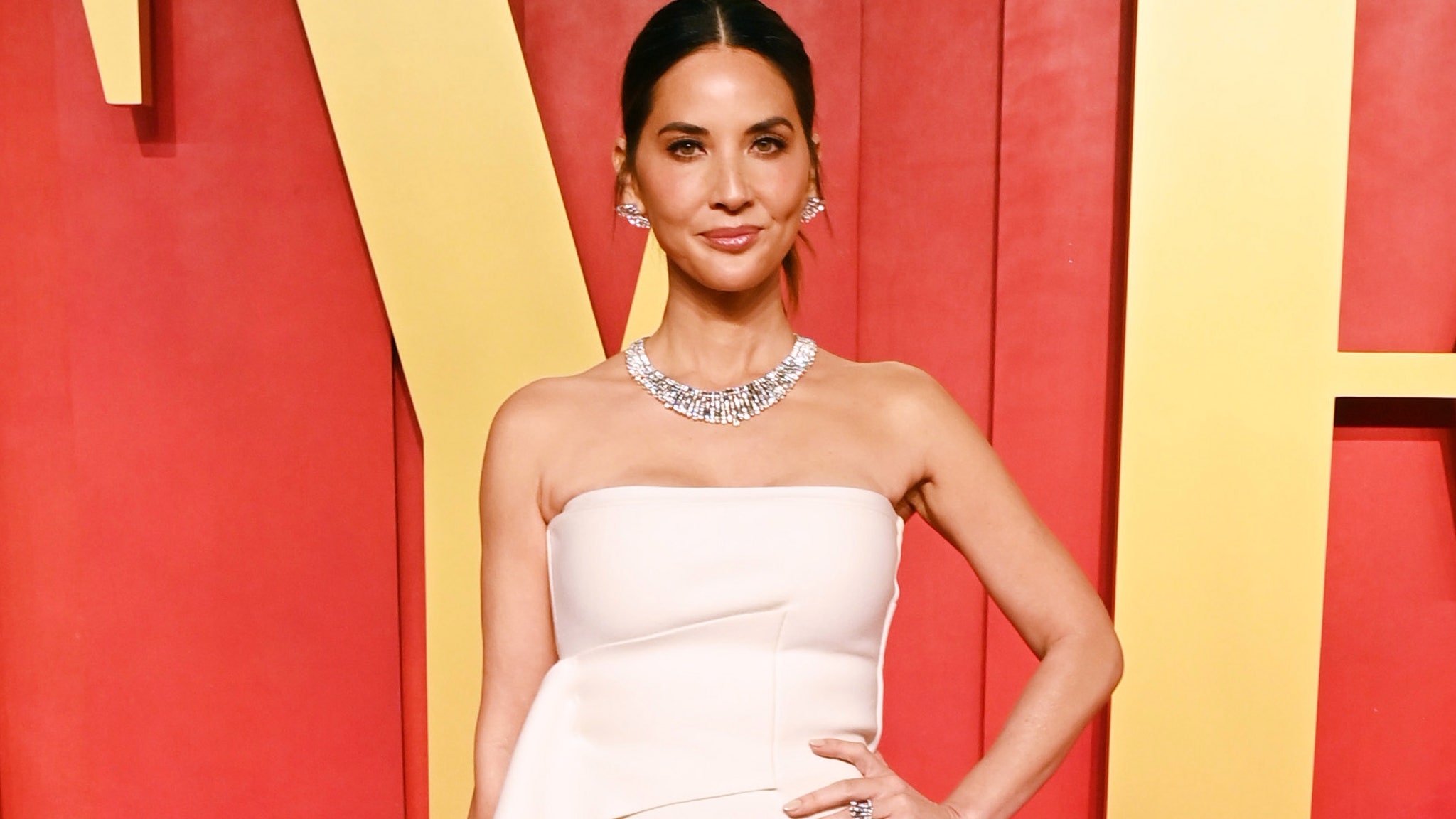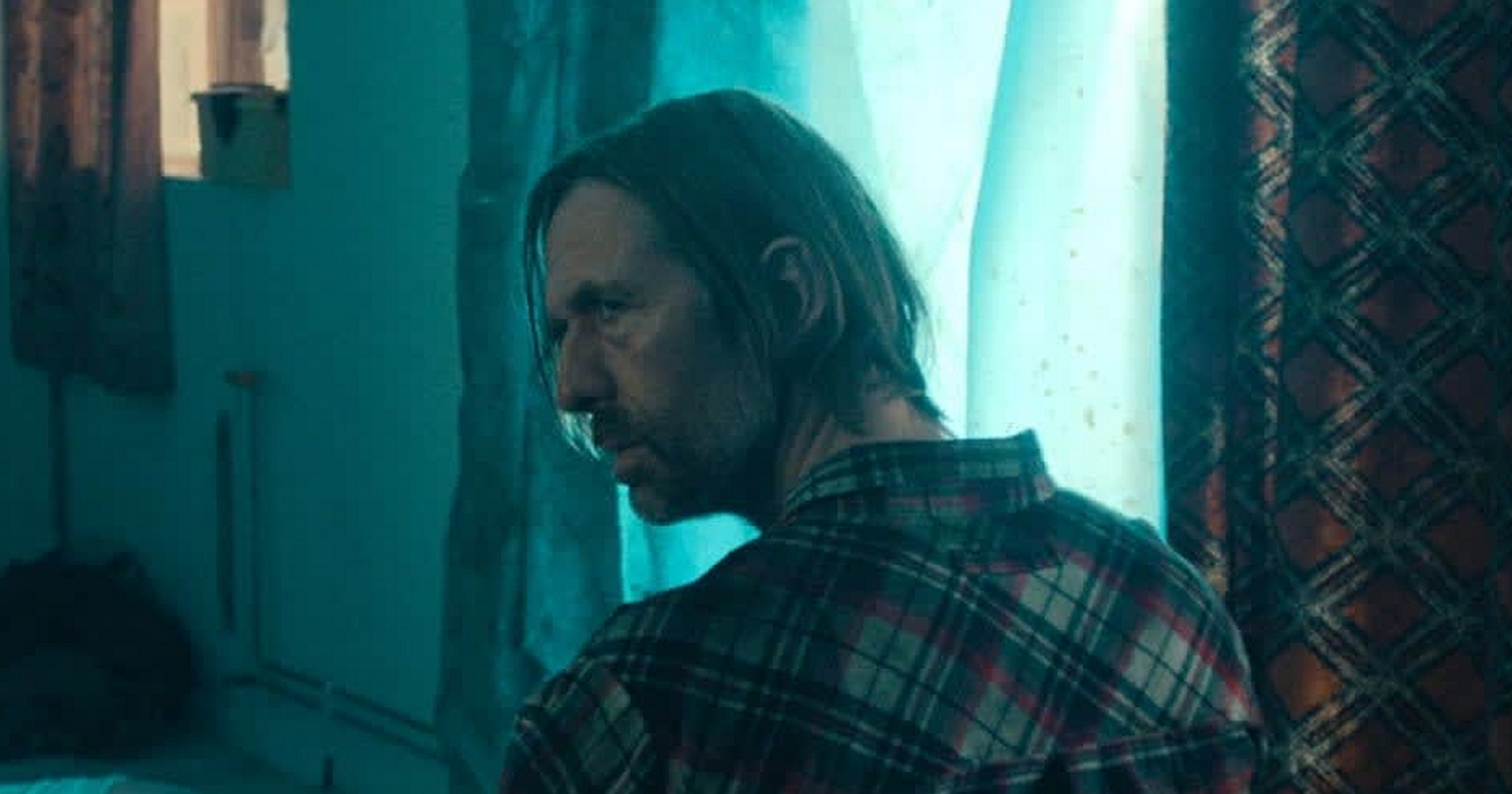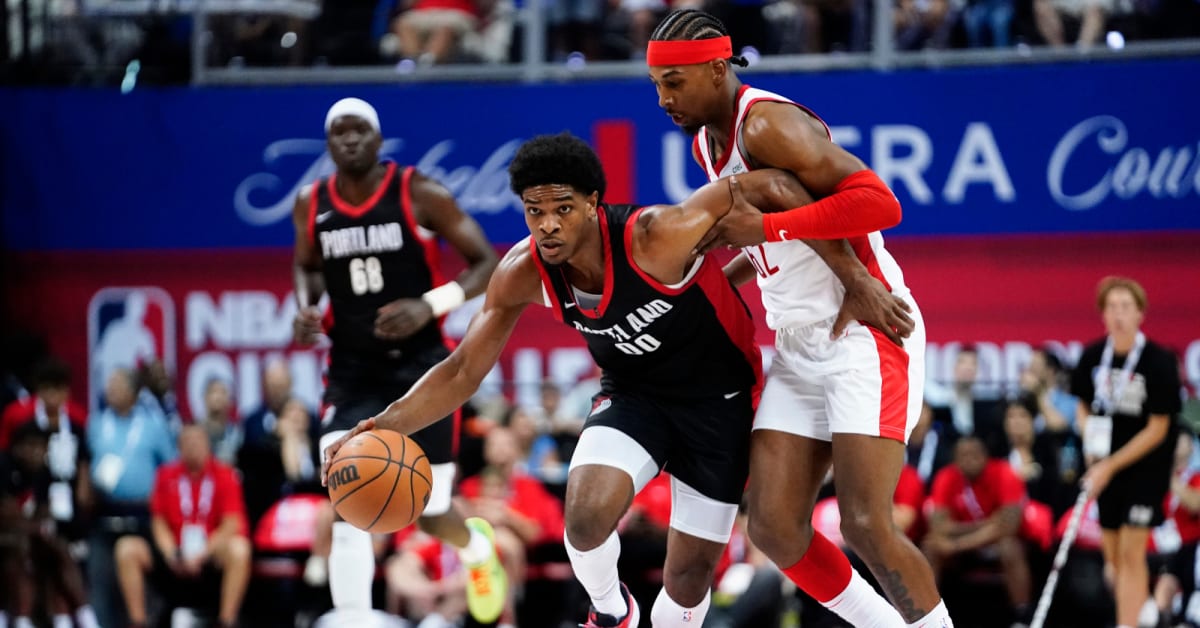
What Studio Franchises Can Learn From the Rise, Fall and Rise of the Western
The Western is back, again. After it died. Prior to which it came back again.
As film historian and co-host of the How the West was Cast podcast, Andrew Patrick Nelson argues, journalists and historians love to write about the Western being dead just as much as they enjoy writing about its resurgence. However, this ebb and flow is part of a predictable life cycle that has kept the genre alive for over a century.
The origins of the frontier narrative on our public consciousness dates to 1845, when John L. O’Sullivan coined the phrase “manifest destiny” in an essay about America’s perceived right to expansion. As the Wild West came to an end and the frontier became settled, Frederick Jackson Turner introduced his “frontier thesis” in 1893. Turner hit on the binary conflicts that make the Western as a mythological place so engaging. The frontier, as he defined it, saw “the meeting point between savagery and civilization.” This timeless conflict has kept the Western genre relevant for over a century.
Related Stories
In 1927, the Exhibitors Herald ran a study of northwestern and midwestern theater owners and found that Westerns were their second overall choice for rentals. About a quarter of theaters chose Westerns as the genre that gave them their best returns. Film Booking Offices of America (FBO, eventually merging into RKO) was producing primarily Westerns, their top star, Fred Thompson, was second in popularity only to Tom Mix.
In the late 1920s, Fox was producing more Westerns than any other genre. Of course, these were the days when the great John Ford was pioneering epic silent Westerns like The Iron Horse (1924) and 3 Bad Men (1926). The genre was popular, and the Wild West was a real memory for many still alive in the United States. Wyatt Earp even spent time in Tinseltown sharing legends of his days in Tombstone. Ford eventually turned some of these first-hand stories into films. Old timers who lived through the Wild West spun tales and printed legends, to use the famous phrase from The Man Who Shot Liberty Valance (1962).

As the Great Depression was bottoming out, a Motion Picture Herald headline read that “Westerns on Way Out as Public Taste Changes.” Most studios were “turning to melodramas” while some focused on “modernizing Westerns.” Certainly, during a time of economic desperation, films that spoke to the moment most directly worked for studios like Warner Bros. Major Western stars like Tom Mix went on to other careers. However, the downturn would not last as by 1939 the genre would be revitalized by John Ford as he took John Wayne from the B-film treadmill by introducing him in an A-list production with Stagecoach (1939). The Chicago Tribune described the film as a “treat loaded with suspense” before predicting Wayne’s ascension to major star “who will have feminine hearts doing handsprings.” The New York Times boasted how Ford “has a motion picture that sings a song of camera” as he “prefers the broadest canvas, the brightest colors, the widest brush and the boldest possible strokes.” The raves for Ford prefigure what would be a massive explosion of Western popular culture in film and later television for the next two decades.
In 1948, the Wall Street Journal reported that a quarter of Hollywood’s output was Westerns. “Filmland’s cowpokes are dusting off their saddles and guitars…and are starting to gallop through the 100 sagebrush epics scheduled for shooting this year.” Producer Harry Sherman (who brought Hopalong Cassidy to the big screen) had produced 157 Westerns up to that point and claimed any of them costing up to $1.5 million were “as reliable as ham and eggs.” The genre’s reliability was based on three components: “action, putting the hero in physical jeopardy, and a chase.”
Many of the early Westerns were popular among children, who often came to inexpensive daytime screenings. The B-film treadmill was perfect for those action-packed Westerns. In fact, theaters in Los Angeles that specialized in Westerns reported that “the problem is how to get young patrons out of the theatre, not into it.” Cap guns had to be checked at the box office because screenings turned into make-shift shootouts. Many of these low-budget films were shot in a series, with the same main actors, creating a universe of sorts (to use MCU-era parlance) that audiences would be familiar with. For example, John Wayne starred in a series of such films for Warner Bros. under producer Leon Schlesinger in the early 1930s.

By 1958, Hollywood made 54 Westerns (roughly 28 percent of their output). Films like blacklist fable High Noon, John Ford’s The Searchers, Howard Hawks’s star studded Rio Bravo, a range of Anthony Mann directed Westerns starring Jimmy Stewart, and George Stevens’s epic Giant, all helped the Western maintain top billing. Nobody embodied the genre more than John Wayne, who was the top star in Hollywood throughout the 1950s. The Motion Picture Herald billed the Wayne the “star of stars” in 1955. However, as that generation of stars and filmmakers retired or died, the genre began to decline. The genre that was a powerhouse for decades, like the superhero genre of today, lost its cultural stature as audiences were largely oversaturated with Westerns (especially when you add the endless list of TV Westerns). A trend of revisionist Westerns directed by auteur filmmakers kept the genre engaging, but its popularity was nothing compared to previous decades.
The year John Wayne died, 1979, Hollywood only made a handful of Westerns. A feature by Pat Dowell in the Washington Post from 1980, “Back in the Saddle Again,” wrote of the genre, “perhaps the old warhorse is only being turned out to pasture – to be recalled to service at the last minute, just before the fadeout. Dowell was writing of films like Walter Hill’s The Long Riders (1980) and Tom Horn (1980) starring Steve McQueen. Of course, Michael Cimino’s legendary box-office bomb Heaven’s Gate (1980) would have a chilling effect on the genre for about a decade.
By the early 1990s, filmmakers were ready to test the Western once again, proving that the genre did not ride off into the sunset like Alan Ladd in Shane. Best picture Oscars for Dances with Wolves (1990) and Unforgiven (1992) during a lull in the genre “infected the town with Western fever,” according to the New York Times in 1993. CAA agent Robert Bookman told the Times that “Unforgiven made Westerns an acceptable genre again.” Films like Tombstone, Wyatt Earp, City Slickers, The Quick and the Dead, Maverick, Posse, and scores of others graced the screen. Producers always strike while the iron is hot, and whenever a Western film or show scores return on investment, there is sure to be imitators looking to cash in. Those who know the genre well, will always be able to rise above any trendsetting and craft a narrative that connects the tumultuous Wild West to our current point in history.
Today, TV and streaming leads the genre stagecoach by driving it in new directions. Shows like Deadwood, Justified, and Taylor Sheridan’s Yellowstone, whose season 5 premiere landed over 12 million viewers. The Yellowstone spinoffs 1883 and 1923, known affectionately as part of the Taylor-verse, all hinge on the Frontier Thesis that has loomed large over the 20th and 21st centuries. Sheridan’s popular Yellowstone universe hits on the timeless binary conflicts inherent in the frontier mythos – wilderness vs. civilization, generational conflict, the treatment and displacement of Native Americans, and the many roles of women on the frontier.
The Western offers a most expansive canvas on which “many of the greatest filmmakers have done their best work,” argues Nelson, who also a board member at the John Wayne Birthplace Museum. He continues, “Like an aging gunfighter the Western is always precariously close to death … only to prove, time after time, that he’s too tough to die.” It’s safe to say that no other genre in history has had the longevity of Westerns. Audiences connect to the allure of the frontier – its beauty and majesty – while it challenges them to consider the cost of manifest destiny.




























![Finally! General Hospital’s Brook Lynn and Chase Can Have Their Wedding Now That [Spoiler] Is Returning Finally! General Hospital’s Brook Lynn and Chase Can Have Their Wedding Now That [Spoiler] Is Returning](https://i0.wp.com/soaps.sheknows.com/wp-content/uploads/2022/11/163481_1083_v1.jpg?fit=300%2C300&ssl=1)








































